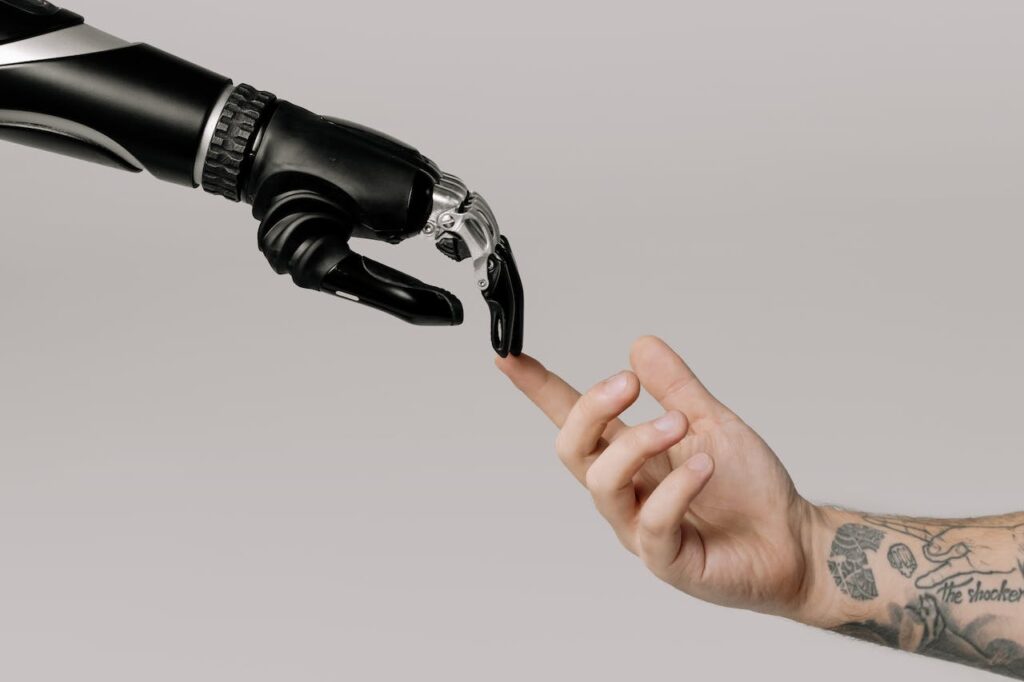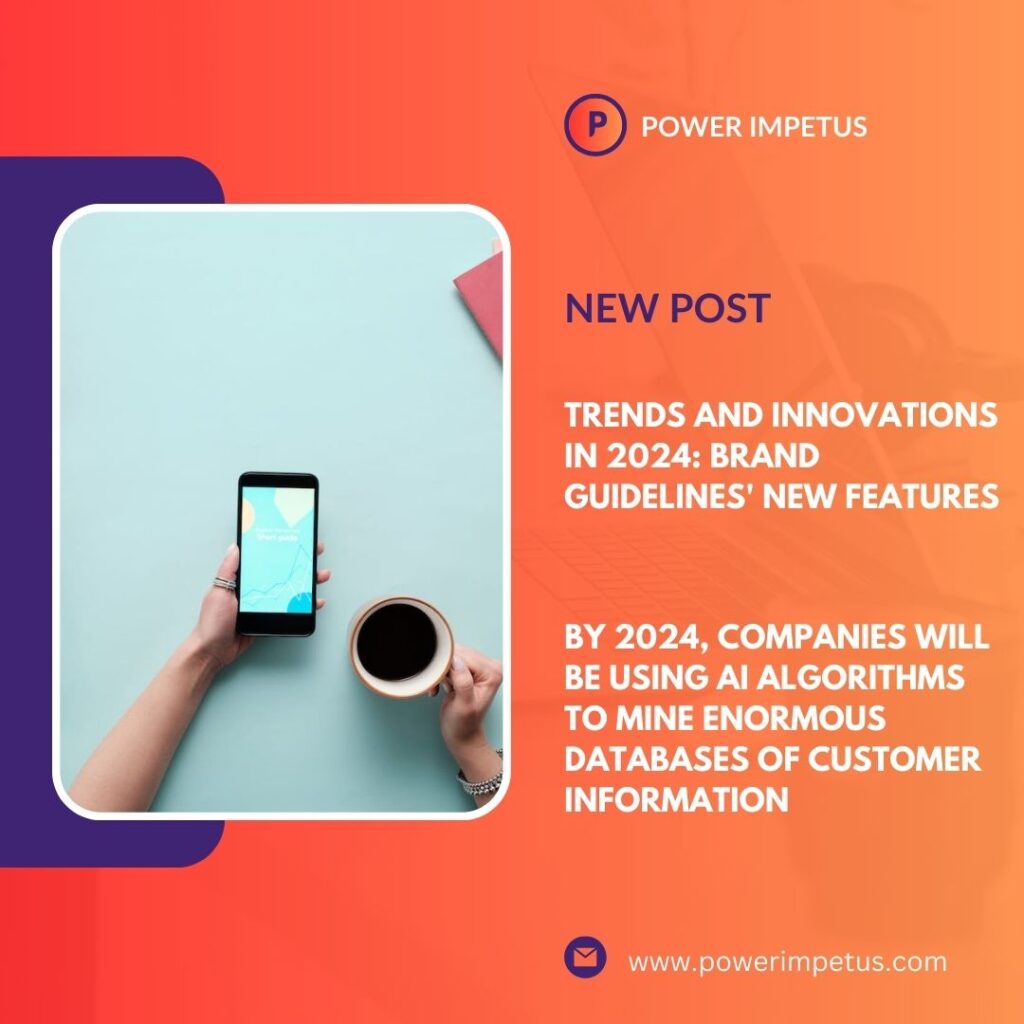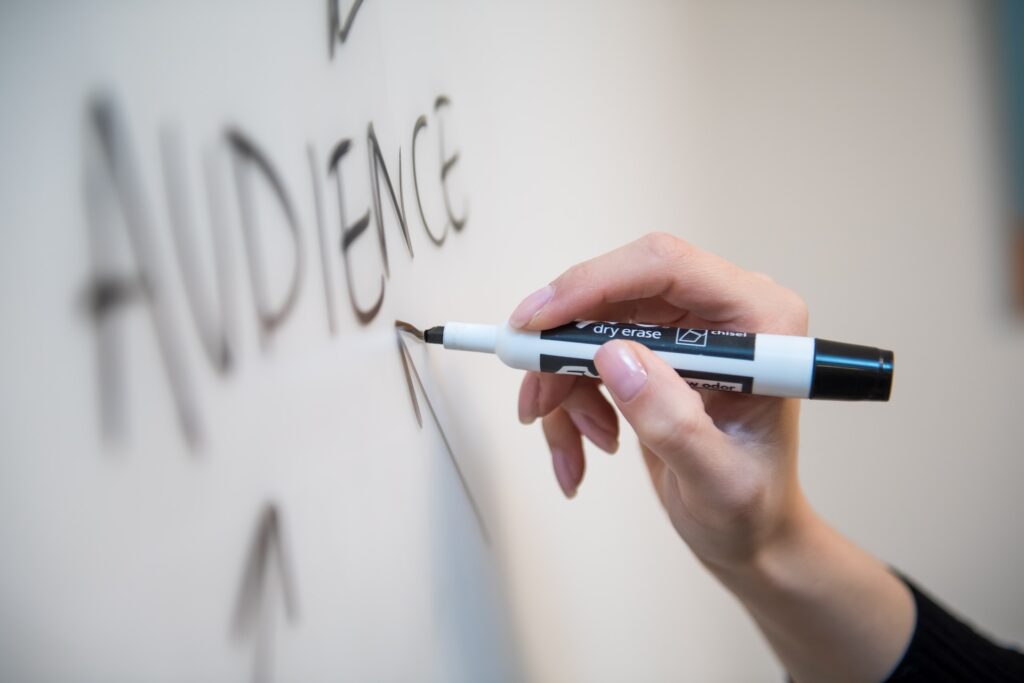AI-Assisted Customization: Adaptive Customization

By 2024, companies will be using AI algorithms to mine enormous databases of customer information. By deciphering demographics, preferences, and behavioral trends, these algorithms allow businesses to dynamically modify their rules.
AI helps brands and their varied target segments connect more deeply through individualized design elements and bespoke messages.
AR/VR Revolution: Interactive and Immersive Experiences

Technologies like augmented reality (AR) and virtual reality (VR) are no longer limited to entertainment; they are now influencing brand standards. Participants engage in interactive experiences in virtual environments, investigating brand components in a three-dimensional setting.
It’s about experiencing the brand and building a deeper emotional bond—it’s not just about exhibiting.
Integrating Sustainability: Ethical Branding
In 2024, sustainability will not just be a trendy term but also a key component of brand requirements. Guidelines entwine environmentally responsible activities into every aspect of the organization, going beyond mere greenwashing.
Brands are showing their dedication to a sustainable future by selecting eco-friendly products and supporting ethical manufacturing practices.
Systems with Adaptive Design: Adaptability and Uniformity
Adaptive design is beautiful because it can be flexible without compromising brand identity. These systems’ modular components enable smooth adaption across a range of platforms, gadgets, and new trends.
The rules are dynamic and flexible, guaranteeing that the brand’s essence is maintained on any surface.
Platforms for Real-Time Collaboration: Smooth Operation
Platforms for cloud-based collaboration that adhere to brand rules reinvent teamwork. Real-time collaboration between teams and stakeholders transcends geographical boundaries.
Throughout the brand implementation process, features like version control, commenting, and simultaneous editing help to optimize workflows and guarantee alignment across all parties.
Standards for Inclusivity and Accessibility: Creating for Everyone
Accessibility is being given priority in brand guidelines. They include guidelines for producing material that is inclusive of a range of audiences, including those with disabilities.
Everyone can interact with and comprehend the brand’s messaging and images thanks to design considerations that take different ability levels into account.
Data-Driven Reiterations: Understandings Driving Development
The compass that directs the development of brand standards is data analytics. Iterative modifications are informed by metrics pertaining to sentiment analysis, audience engagement, and market trends.
It’s an ongoing endeavor to improve guidelines so they better connect with the dynamic audience.
Security Powered by Blockchain: Increasing Trust
Within bounds, blockchain technology protects the purity of brand assets. Unauthorized changes or misuse of brand materials are prevented via immutable ledgers, which guarantee the authenticity and integrity of the materials.
As a result, stakeholders are more likely to believe that the brand standards are authentic and unique.
An All-encompassing Development
In 2024, brand guidelines will have undergone a comprehensive makeover. It’s an orchestra of creativity, ethics, diversity, and security rather than merely being about tone or visual appeal.
These trends promise a future when brand guidelines become immersive experiences that have a lasting impact rather than just directions. They alter how brands interact, engage, and resonate with their audiences.




